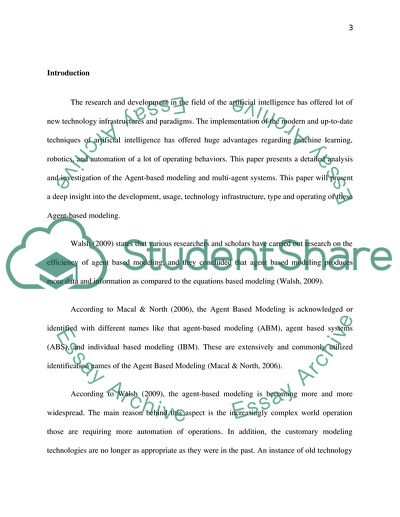Cite this document
(Agent-Based Modeling in Architecture Term Paper, n.d.)
Agent-Based Modeling in Architecture Term Paper. Retrieved from https://studentshare.org/information-technology/1732511-agent-based-modelling-in-architecture
Agent-Based Modeling in Architecture Term Paper. Retrieved from https://studentshare.org/information-technology/1732511-agent-based-modelling-in-architecture
(Agent-Based Modeling in Architecture Term Paper)
Agent-Based Modeling in Architecture Term Paper. https://studentshare.org/information-technology/1732511-agent-based-modelling-in-architecture.
Agent-Based Modeling in Architecture Term Paper. https://studentshare.org/information-technology/1732511-agent-based-modelling-in-architecture.
“Agent-Based Modeling in Architecture Term Paper”, n.d. https://studentshare.org/information-technology/1732511-agent-based-modelling-in-architecture.


